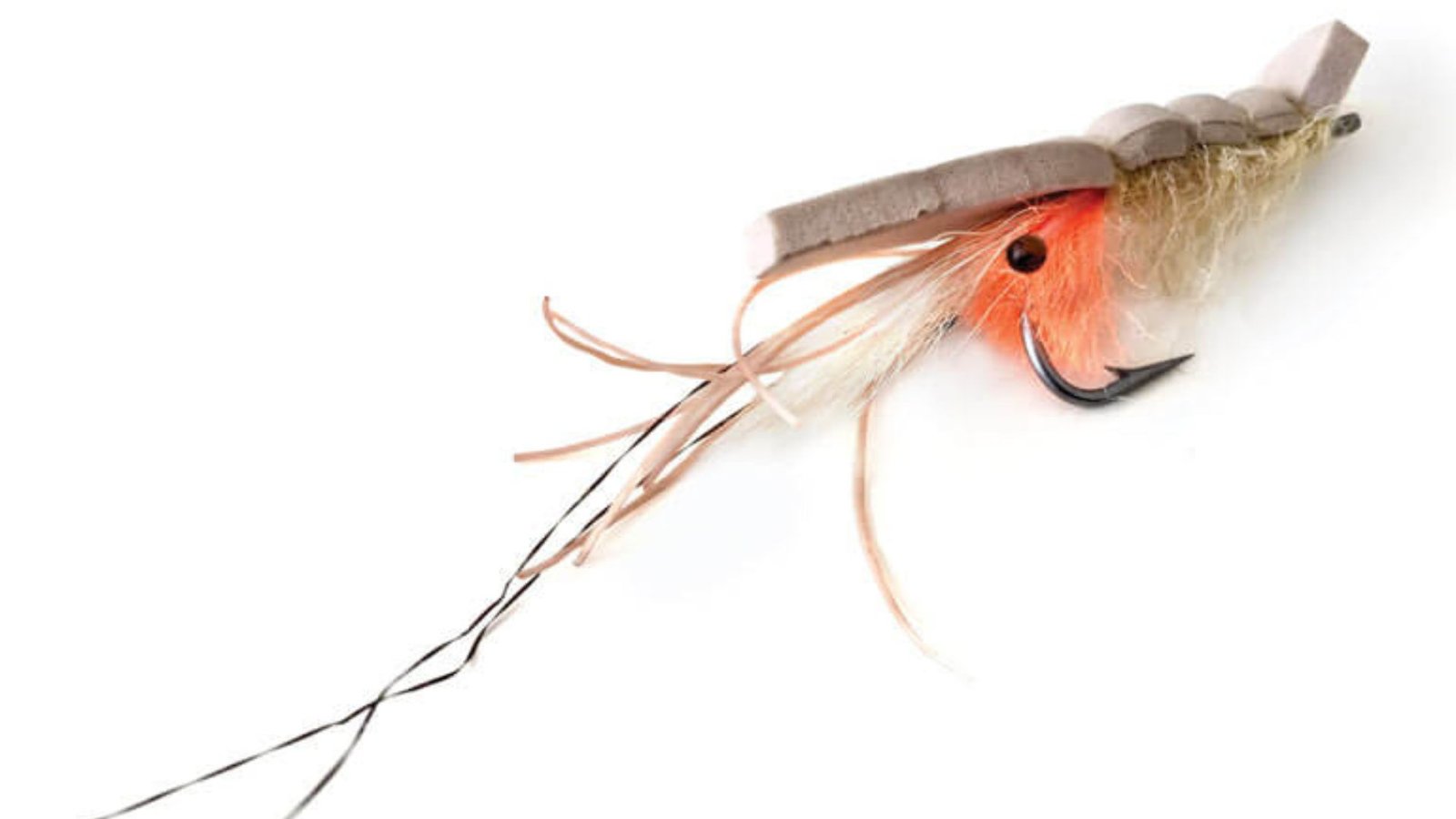Fishing with floating flies allows anglers to target salmon that are actively feeding on insects or surface prey. This technique requires careful observation, precise casting, and strategic presentation to entice strikes from salmon. Here’s how you can effectively use floating flies for surface salmon fishing:

How to Use Floating Flies for Surface Salmon Fishing
Selecting the Right Floating Flies
Choose floating fly patterns that imitate insects or small prey that salmon feed on near the surface. Effective patterns include dry flies such as mayflies, caddis flies, or terrestrial insects like grasshoppers or beetles. Ensure your flies are buoyant and properly dressed to withstand the salmon’s aggressive strikes.
Matching the Hatch
Pay attention to insect hatches and natural prey in the water to match your fly selection accordingly. Observe the behavior of salmon and the surface activity to determine which floating fly patterns are most likely to attract strikes. Adjust your fly choice based on seasonal variations and the specific feeding preferences of salmon in your fishing area.
Observing Salmon Behavior
Look for signs of salmon feeding near the surface, such as rises, splashes, or subtle rings on the water. These visual cues indicate active feeding zones and guide your fly placement. Approach cautiously to avoid spooking fish and make accurate casts to targeted areas where salmon are actively feeding.
Casting Technique
Use precise casting techniques to present your floating fly delicately on the water’s surface. Aim for natural drifts and avoid drag that could alert salmon to the artificial nature of your fly. Practice accuracy in casting to ensure your fly lands softly and naturally in the feeding zone.
Retrieve and Presentation
Experiment with different retrieve techniques to mimic the movement of natural prey on the water’s surface. Begin with a slow, steady retrieve to imitate the behavior of insects or small fish struggling on the surface. Vary your retrieve speed, pauses, and twitches to trigger strikes from curious or aggressive salmon.
Timing and Conditions
Fish during periods when salmon are most likely to feed near the surface, such as early morning or late evening when insect activity is high. Overcast days or calm evenings with minimal wind create ideal conditions for surface fishing with floating flies, as they reduce surface glare and make it easier for salmon to spot your fly.
Using Attractors and Stimulators
In addition to imitative patterns, consider using attractor or stimulator floating flies. These flies are designed to provoke aggressive strikes by triggering a salmon’s predatory instincts rather than imitating specific insects. Bright colors or exaggerated features can make these flies highly effective in enticing strikes from curious or aggressive salmon.
Patience and Persistence
Fishing with floating flies requires patience and persistence. It may take time to locate actively feeding salmon and to refine your presentation technique to match their behavior. Be prepared for multiple casts and varied presentations until you find a successful approach that triggers strikes.
Handling and Release
Practice catch-and-release fishing to preserve salmon populations and their habitats. Handle fish gently, use barbless hooks to minimize injury, and release salmon quickly to ensure their survival and the sustainability of your fishing grounds.
Enjoying the Experience
Above all, enjoy the unique experience of fishing with floating flies for surface salmon. It’s a rewarding technique that requires skill, observation, and an appreciation for the natural beauty of salmon and their environment. Embrace the moments when a salmon rises to take your floating fly, and celebrate each successful encounter with these remarkable fish.
Fishing with floating flies for surface salmon provides an exhilarating opportunity to engage with nature and test your angling skills. By selecting the right flies, refining your casting and presentation techniques, and observing salmon behavior, you can increase your chances of success and create memorable fishing experiences on rivers and streams.




